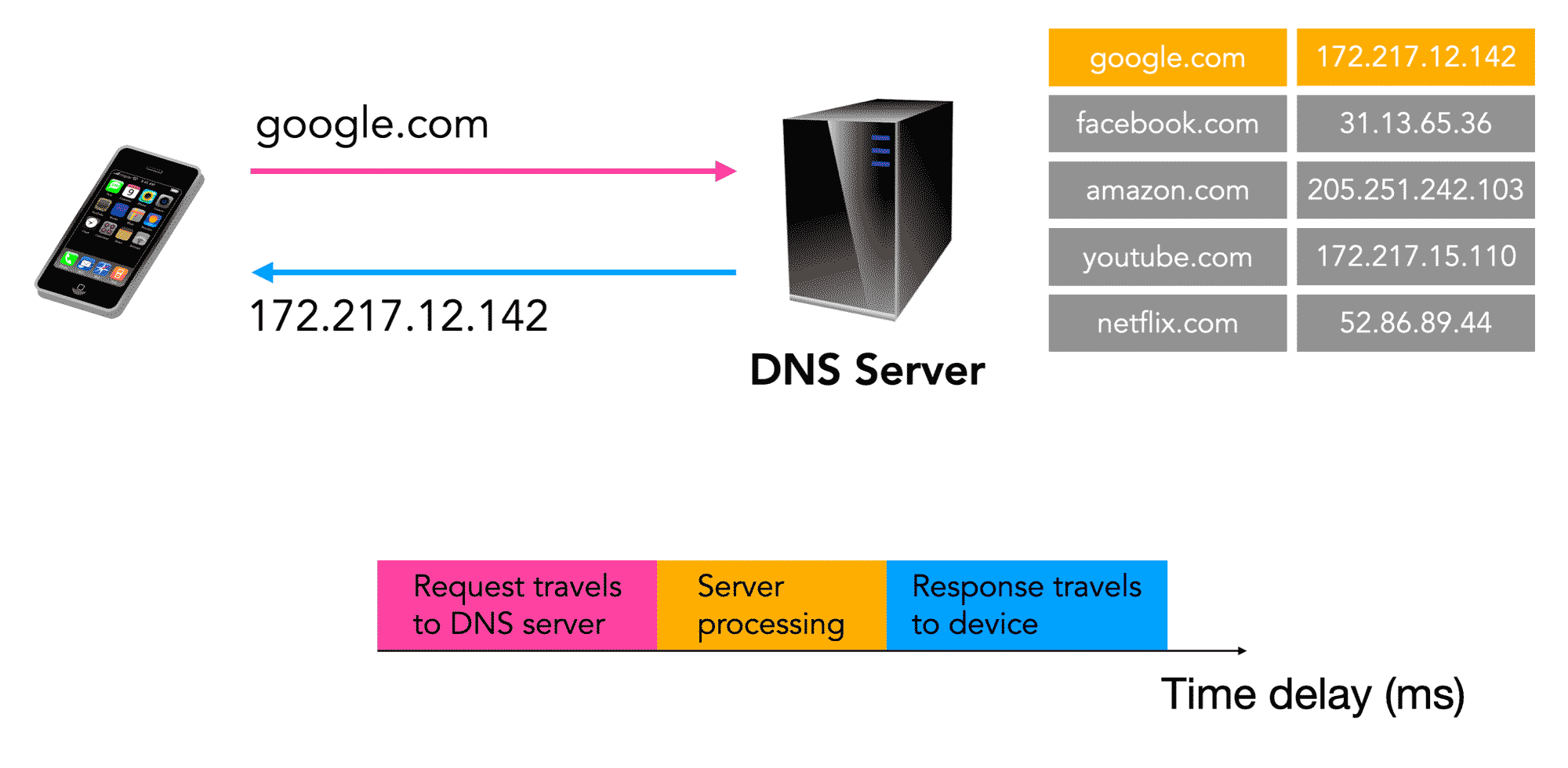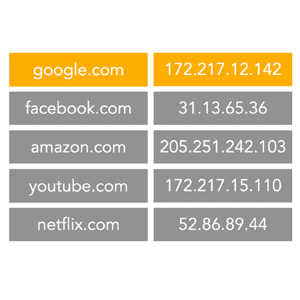 Most broadband users have little awareness of the Domain Name System (DNS) but this plays a critical role in ensuring your broadband experience is fast and responsive. While we (as humans) distinguish between different websites using their domain names (e.g. www.bbc.co.uk and www.google.co.uk) , the Internet works in numbers (IP addresses). So, every time you type a web page address into your browser or click on a link, before your computer can go and retrieve information from the relevant server, it has to find out the IP address from a DNS server.
Most broadband users have little awareness of the Domain Name System (DNS) but this plays a critical role in ensuring your broadband experience is fast and responsive. While we (as humans) distinguish between different websites using their domain names (e.g. www.bbc.co.uk and www.google.co.uk) , the Internet works in numbers (IP addresses). So, every time you type a web page address into your browser or click on a link, before your computer can go and retrieve information from the relevant server, it has to find out the IP address from a DNS server.

The Domain Name System (DNS) is the mechanism by which meaningful website domain names are translated into the IP addresses (for example, 212.58.244.26 and 74.125.129.94) of the servers providing these websites. Unfortunately, the DNS system can potentially introduce significant time delays, particularly if DNS servers are situated a significant distance from broadband users. Broadband providers operate their own DNS servers but these are often not the most reliable or closest.
I have produced a range of online guides on how you can change your DNS settings to make your broadband service quicker and more reliable, which can be found here:

